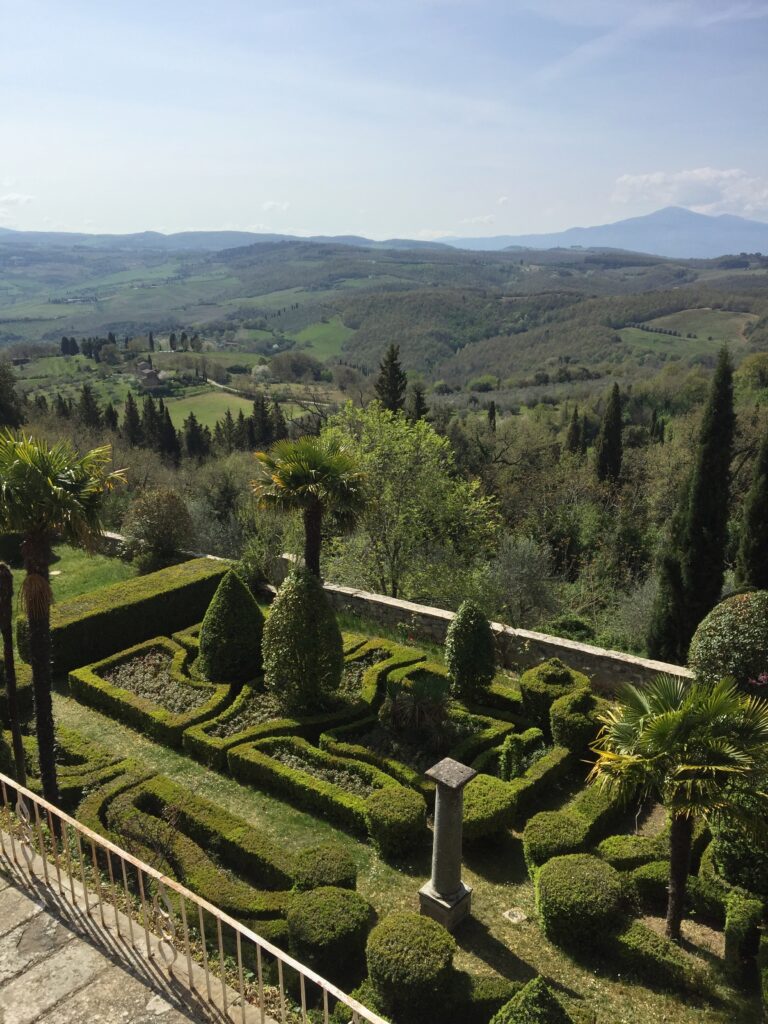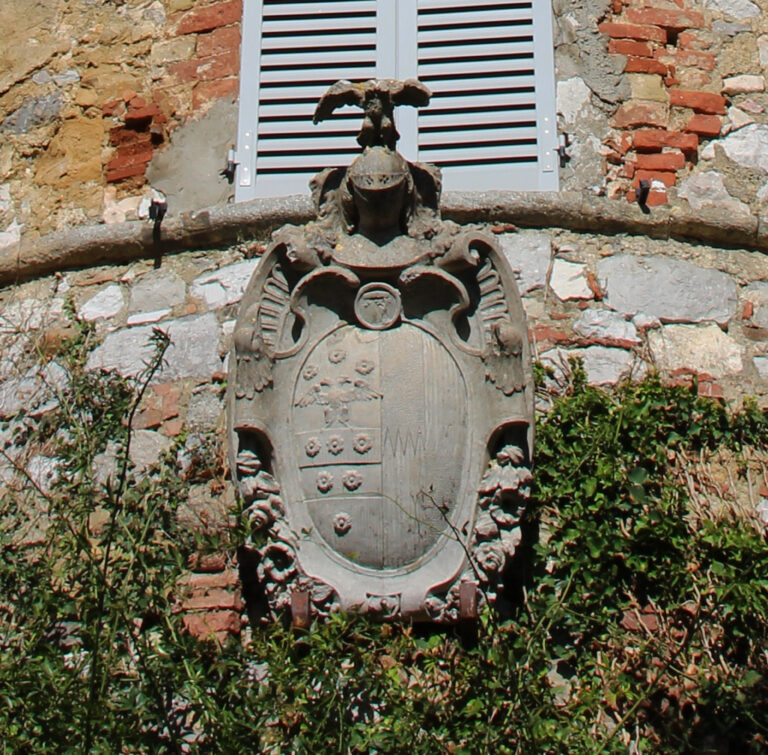GIARDINO MARSELLI
The garden was built by local workers between 1816-1817 from a design by the owner Faustina Pecci Landucci. It was developed, extraordinarily, following the eruption of the Tambora volcano in Indonesia in 1815. The eruption was so powerful that the height of the volcano was reduced from 4,000 to 2,000 metres, sending so much volcanic dust and ash into the atmosphere that the sun was clouded over and the Earth cooled sufficiently for it to snow even in southern Italy in May-June 1816. Crops were ruined, bringing hunger, famine and a lack of work. To support the peasants working on the various Landucci properties, they were given work to create the garden we see today. The garden has a linear structure divided into four areas: a small formal garden around the large cistern/water tank visible from the gate,a vegetable garden, a large formal Italian garden, and a wild garden. There is also a hanging garden from the terrace and the side of the villa above. Rainwater recovered from the roofs and streets of the village provides a sustainable water supply into the large cistern. Currently the garden is private.

Columns in white granite presumably from the abbey of Santa Maria in Follonica

Coat of arms of the Bargagli-Petrucci family, in the lower part of the tower
